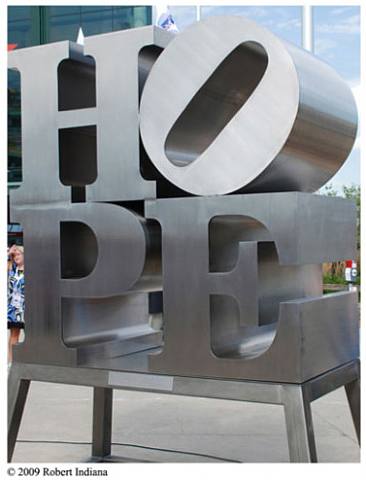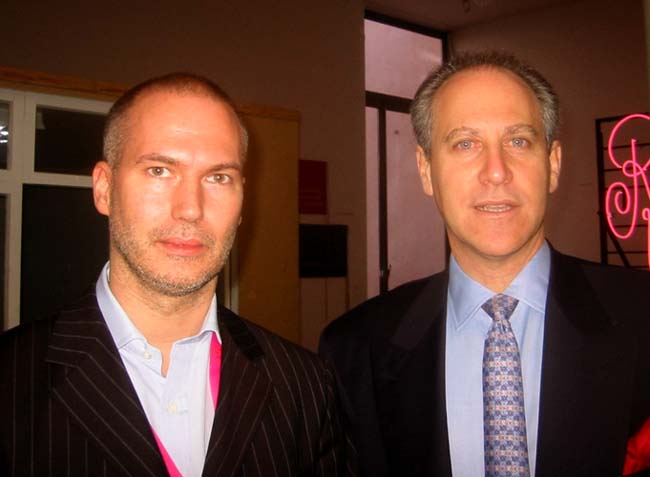Defending MoMA acquistions on New York Magazine

As part of the discussion on "Manhattan Mega Storage" on the New York Magazine website, another blogger voiced the following sentiment:
I never understood how a museum of modern art could ignore its holdings and collect market driven contemporary art as if its mission statement has a reality clause that required it to hew to the directives of concentrated capital.I felt compelled to offer the following defense of the museum acquisition process:
Is that all art is? The high water mark of money, a stain on the wall? The MOMA is counterfeiting it's authority and selling shares in a mirage.
Many paintings, sculptures, drawings, etc. in MoMA's permanent collection were acquired when they were still "market driven contemporary art" themselves, closer to the moment of their actual creation. That's how museums function. They attempt to be prescient, ahead of the curve. They cannot always afford to buy after there is a consensus on the art historical value of a work.
If you would allow me to rephrase "the directives of concentrated capital" as the decisions of a board of trustees, it's obvious that money talks loudly in the acquisition process. Museums often collect work through the agency of their trustees, who might serve on committees, make outright gifts, fund shows, etc. The links between money, power and art philanthropy are a given. The hope is that these trustees are not there merely to aggrandize their own private holdings, or to consolidate their power, but in a genuine mission to improve the institution on whose board they serve.
It is not a perfect arrangement. But barring the complete public funding of museums, which would then have to answer to politicians and government arts administrators, and which is unlikely in the USA for many reasons, the private sector is where museums find their capital and their structure. Private citizens are corruptible, whatever their social, financial class, and some will take advantage of any situation. But I prefer to consider "the high water mark of money" as a positive good, as a means by which arts institutions can divert capital from its usual tributaries (in banking, investment, real estate) and have it flow into the aesthetic arena.

Richard Tuttle, Lable #13-16, 2004-5
Times and tastes do change. At a benefit dinner last night for the Brodsky Center For Innovative Editions at Rutgers University in New Jersey, which honored artist Richard Tuttle (among others), I had occasion to remark that, while the uproar concerning a show of Tuttle at the Whitney in 1975 was enough to get curator Marcia Tucker fired, the importance of his post-minimal gesture, his amazing subtlety of material and structure, is just about axiomatic today. There are now hundreds of artists following his footsteps. But thirty years ago, his work could provoke scandal.
Tuttle enjoyed another retrospective at the Whitney in 2005, thirty years after skeptics panned his first outing. This second show was viewed in some quarters as a necessary corrective, and received coverage on these very pages.











